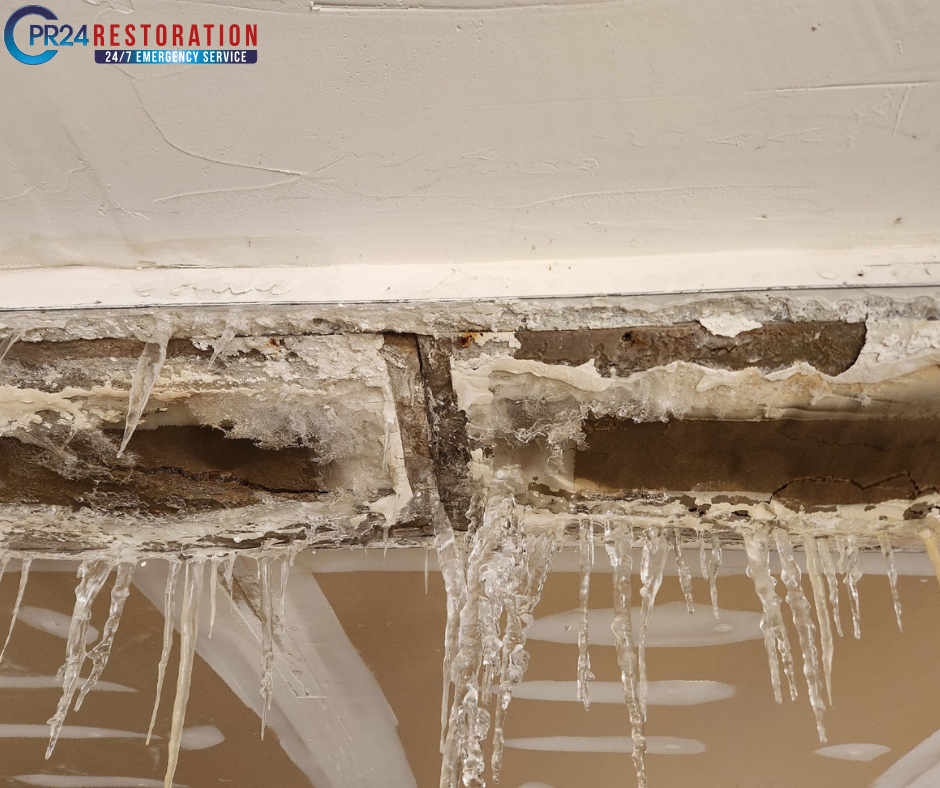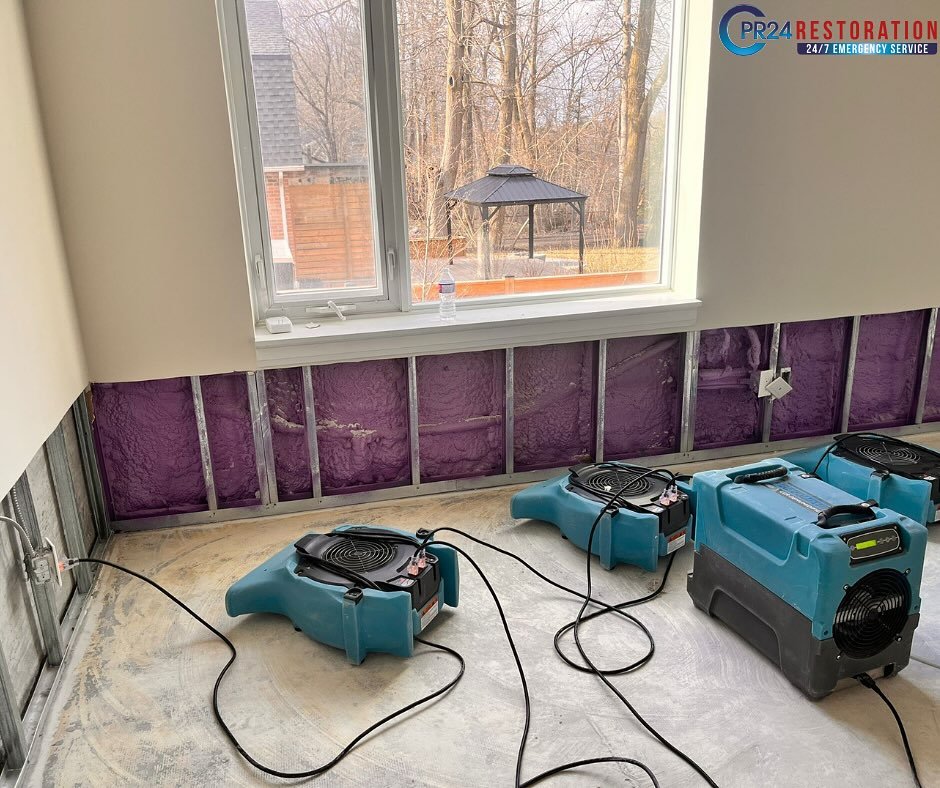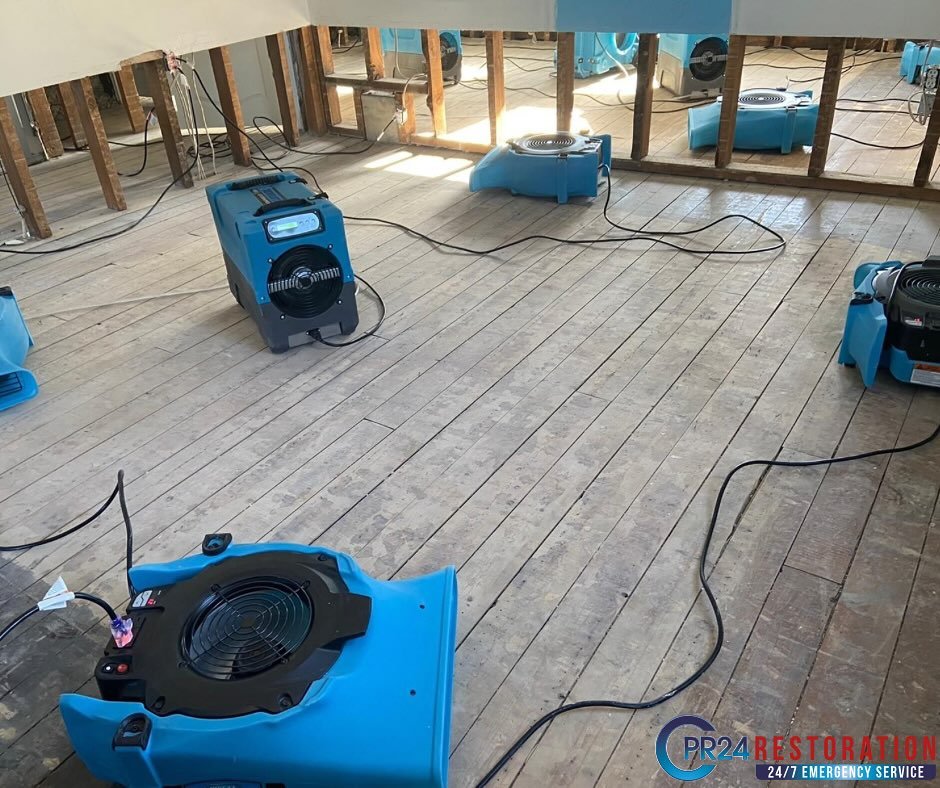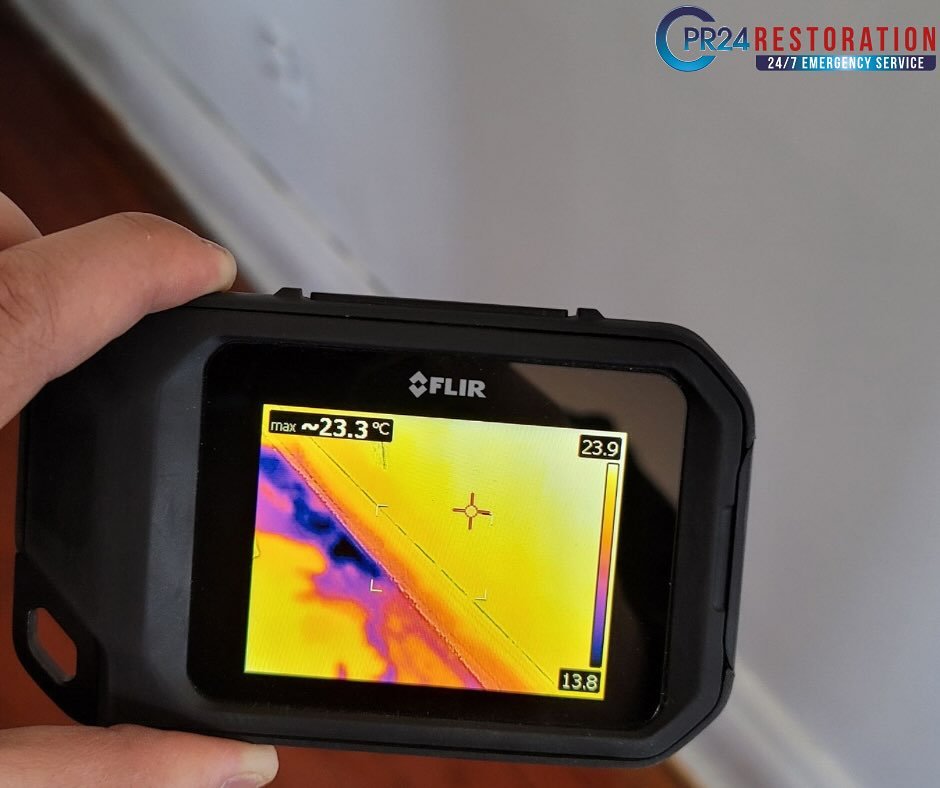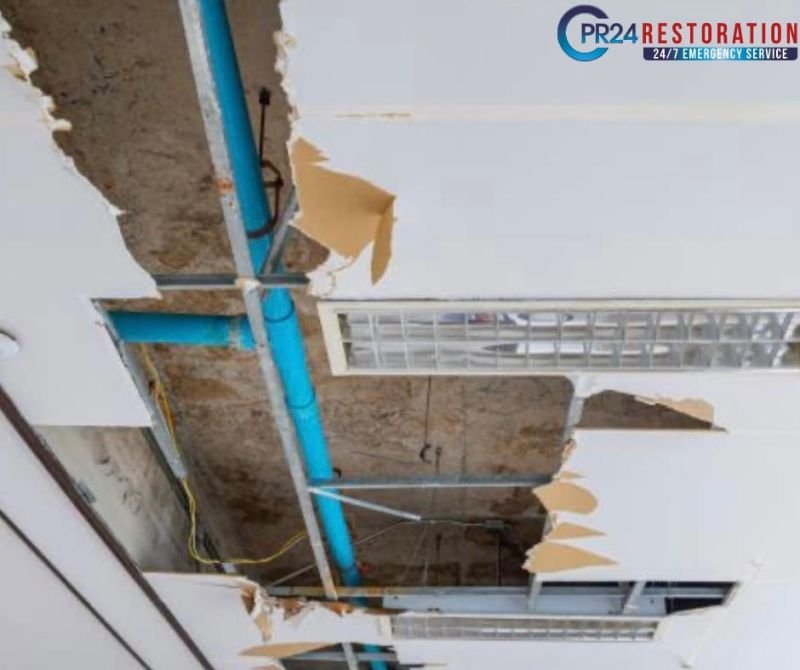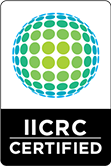Key Preventive Measures & Recommendations to Prevent Future Mold Growth
Mold growth poses a persistent challenge for Toronto homeowners, threatening both property integrity and occupant health. As awareness of mold-related issues continues to rise, implementing effective preventive measures has become crucial. This guide offers practical tips to protect your Toronto home from mold. It helps create a healthier living space for you and your family. The humid climate and varying temperatures in Toronto create ideal conditions for mold reproduction. Homeowners can lower the risk of mold growth by understanding what causes it and taking action. From moisture control to proper ventilation, this article delves into expert-recommended techniques to keep your home mold-free. If you are recovering from mold removal or want to protect mold in your home, these tips will help you keep your space mold-free. Let’s look at important steps to keep your Toronto home safe and free from mold for many years. Effective Moisture Control Techniques Controlling moisture is the cornerstone of mold prevention in Toronto homes. Homeowners can lower the risk of mold by using good moisture control methods. This helps create a healthier living space. Here are several strategies to keep moisture levels in check: Addressing Water Leaks Promptly One of the most critical steps in moisture control is addressing water leaks as soon as they’re detected. Regularly inspect your home for signs of leaks, paying close attention to areas prone to water damage such as: If you see signs of water intrusion, like water stains, peeling paint, or warped materials, act quickly. Find and fix the source of the leak. Prompt repairs not only prevent mold growth but also protect your home’s structural integrity. Proper Drainage Ensure that your home’s exterior is designed to direct water away from the foundation. Proper drainage and grading play a crucial role in preventing water from seeping into your basement or crawl space. Consider the following measures: Controlling Indoor Humidity Levels Maintaining optimal indoor humidity levels is essential for preventing mold growth. In Toronto, aim to keep indoor relative humidity between 30% and 50%. Here are some strategies to achieve this: Proper Ventilation Strategies Adequate ventilation helps remove excess moisture and prevents the buildup of stagnant air, which can contribute to mold growth. Implement these ventilation strategies: By implementing these moisture control techniques, Toronto homeowners can create an environment that is inhospitable to mold growth. Remember, consistent maintenance and vigilance are key to long-term mold prevention. Improving Indoor Air Quality Improving indoor air quality is important for stopping mold growth. It also helps create a healthier living space in Toronto homes. Poor air quality can not only contribute to mold reproduction but also exacerbate respiratory issues and allergies. A mold test is crucial in these cases such as an air quality test for mold. Here are comprehensive strategies to improve the air quality in your home: Effective Filtration Systems Investing in high-quality air filtration systems can significantly reduce airborne mold spores and other pollutants. Consider the following options: Regularly maintain and replace filters according to manufacturer recommendations to ensure optimal performance. Proper Ventilation Techniques Adequate ventilation is essential for maintaining good air quality and preventing mold growth. Implement these ventilation strategies: Regular Cleaning and Maintenance Maintaining a clean home is crucial for good air quality and mold prevention. Follow these cleaning tips: Natural Air Cleaning Methods Incorporate natural air cleaning methods to complement your air quality improvement efforts: Monitoring and Controlling Humidity Maintaining optimal humidity levels is crucial for preventing mold growth and improving air quality: By using these strategies to improve indoor air quality, Toronto homeowners can create a healthier environment. This will help reduce mold growth and benefit everyone living there. Remember that maintaining good air quality requires ongoing effort and attention to detail. Regular Inspections and Maintenance Implementing a routine of regular inspections and maintenance is crucial for preventing mold growth in Toronto homes. By staying vigilant and addressing potential issues early, homeowners can avoid costly mold remediation and protect their property’s value. Here’s a comprehensive guide to conducting effective inspections and maintaining a mold-resistant home: Establishing an Inspection Schedule Make a clear inspection schedule. This will help you check all areas of your home. Look for signs of moisture or mold growth regularly. Key Areas to Inspect Focus your inspections on areas most susceptible to moisture and mold growth: Maintenance Tasks to Prevent Mold Growth Regular maintenance is key to preventing conditions that foster mold growth: Documenting Inspections and Maintenance Keep detailed records of your inspections and maintenance activities: Responding to Potential Issues If you discover signs of moisture intrusion or mold growth during your inspections: Seasonal Considerations Tailor your inspection and maintenance routines to address seasonal challenges in Toronto: By following a regular inspection and maintenance routine, Toronto homeowners can prevent mold problems. This keeps their homes healthy and mold-free. Remember, prevention is always cheaper than fixing problems later. Regularly checking your home can save you time and money in the long run. Proper Ventilation Strategies Ensuring proper ventilation is a critical component in preventing mold growth in Toronto homes. Adequate airflow helps control moisture levels, reduces humidity, and creates an environment less conducive to mold growth. Here’s an in-depth look at effective ventilation strategies to keep your home mold-free: Understanding the Importance of Ventilation Proper ventilation serves multiple purposes in mold prevention: By promoting air circulation, ventilation helps create an environment where mold struggles to establish itself. Natural Ventilation Techniques Harnessing natural airflow can be an effective and energy-efficient way to ventilate your home: Natural ventilation is helpful. However, we must think about outdoor humidity and pollen levels. This is especially true in Toronto’s humid summer months. Mechanical Ventilation Systems For more consistent and controlled ventilation, consider implementing mechanical systems: Ventilation for Problem Areas Pay special attention to areas prone to moisture buildup: Balancing Ventilation and Energy Efficiency While ventilation is crucial, it’s important to balance it with energy efficiency: Maintaining Ventilation Systems Regular maintenance of your ventilation systems is essential: Seasonal Ventilation Strategies Adapt your ventilation strategies to Toronto’s changing seasons:


